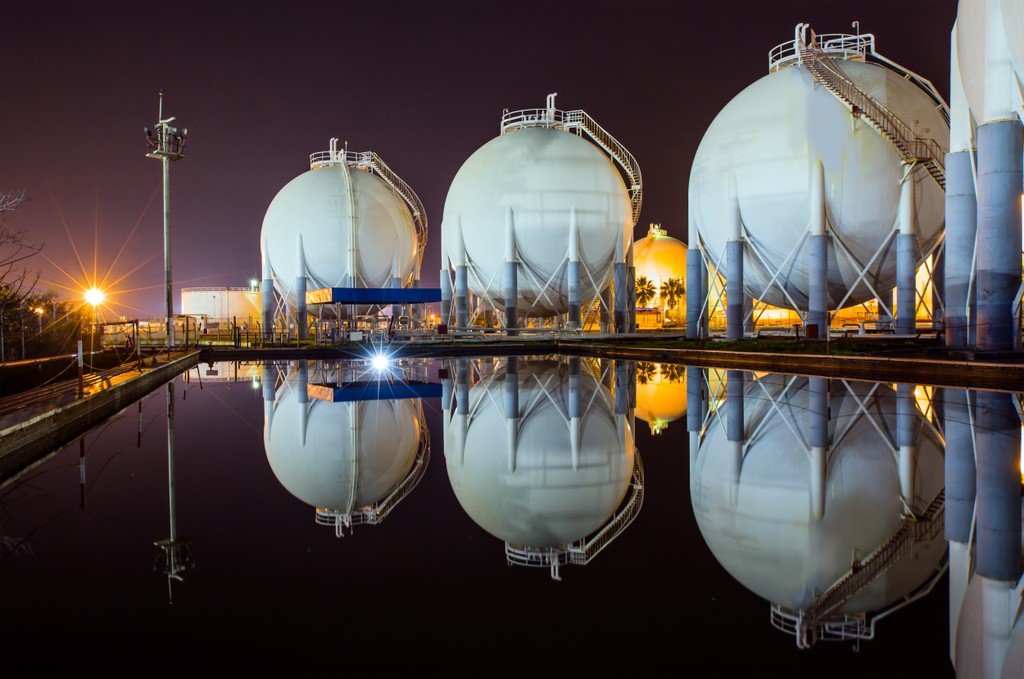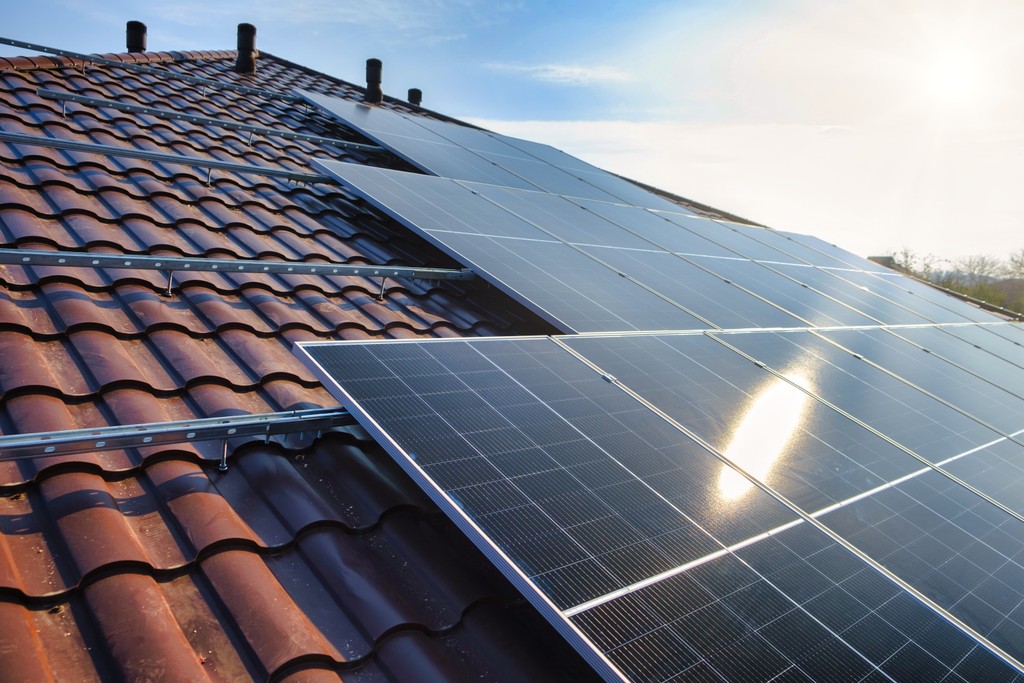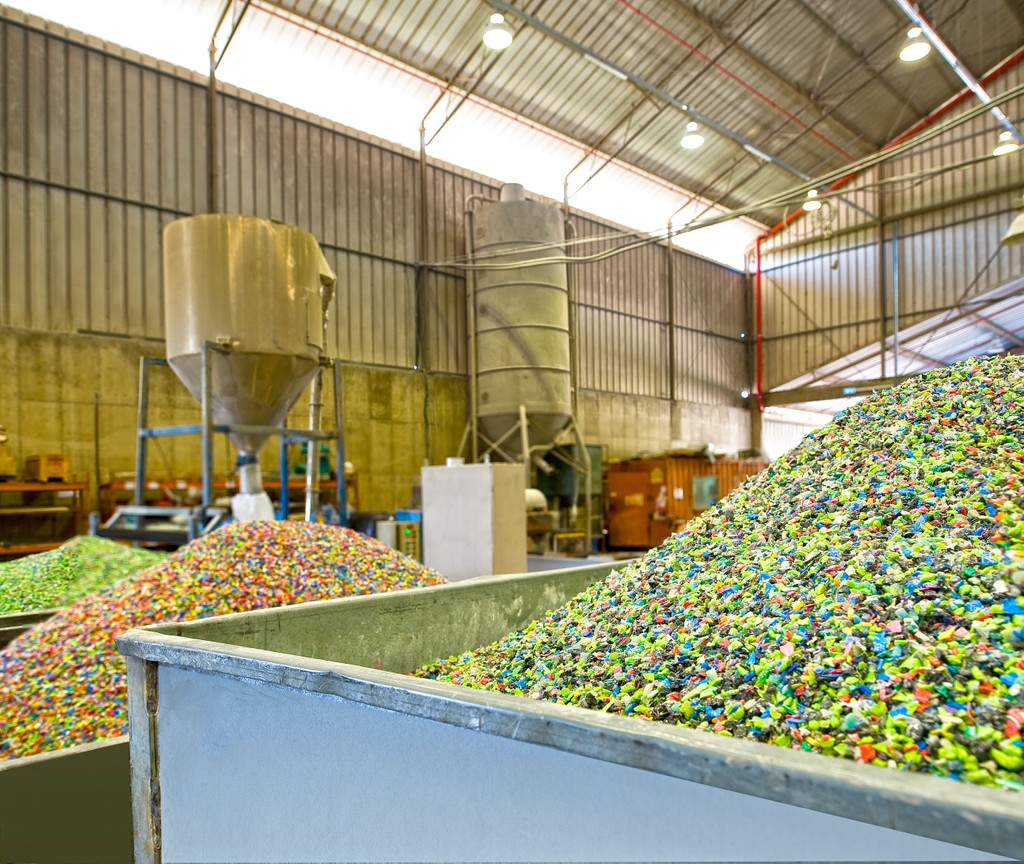PRESS RELEASE
New Study Shows American Sustainable Energy Technologies Are Ready to Meet Increasing Energy Demand
Thirteenth annual edition of the Sustainable Energy in America Factbook highlights national data on the U.S. energy expansion in 2024
Washington, D.C, 20 Feb 2025. – In 2024, U.S. power generation reached its highest volume in two decades, driven by growth in renewable energy technologies and by stable natural gas generation capacity. These energy growth sectors face favorable market conditions as the United States eyes rising energy demand, according to the 2025 Sustainable Energy in America Factbook published today by BloombergNEF and the Business Council for Sustainable Energy (BCSE).
2024 saw continued investment and deployment across the power sector, especially in energy efficiency, renewable energy, energy storage, natural gas, and sustainable transportation. Meanwhile, rapidly rising expectations of power demand from new industrial sources and transportation, onshoring of U.S. manufacturing, and a burst of new data centers planned by tech companies in the race for artificial intelligence (AI) mastery have shifted the focus of U.S. energy system planning.
“We are on the cusp of an American energy expansion,” said BCSE President Lisa Jacobson. “The United States will need more energy to run homes and businesses and to continue to be a global economic powerhouse. Renewable energy and natural gas are the growth sectors of the energy industry, and, when paired with energy efficiency technologies, will be fundamental in meeting demand growth.”
Renewable Energy, Natural Gas, and Sustainable Technologies Surge to Record Levels
The increasing energy demand on the horizon is foreshadowed by a rise in announcements of corporate power purchase agreement (PPA) volumes, which set a new record of 28 gigawatts (GW) in 2024, up 26% from 2022. A total of 183 deals for clean power were signed in 2024, nearly double the amount of PPAs in the prior year. Tech companies spearheaded this growth, accounting for 84% of overall deal activity, in anticipation of growing AI and data center demand.
Already, renewable energy sources met a high volume of U.S. energy demand in 2024. Solar and energy storage hit another record year, weathering supply chain headwinds and higher interest rates to represent over two thirds of the new capacity applying to interconnect to the U.S. grid. These additions helped push renewable sources to 24% of U.S. power generation. Specifically, the contribution of wind, solar, biomass, waste-to-energy, geothermal, and hydropower rose at the fastest pace among all sources of power, rising 10.2% year on year. Improving economics of sustainable energy technologies, along with strong support from federal and state governments, have led to another year of growth in the energy industry.
Natural gas remained the largest electricity generation source, representing 42.9% of total output in 2024. Demand for U.S. natural gas across all sources rose 1.3% to reach another record of 99.7 billion cubic feet per day, driven by liquefied natural gas (LNG) exports and increased power consumption. Meanwhile, coal’s contribution to power generation slid to 14.7% in 2024 – its lowest ever – and was largely replaced by natural gas and renewables, which jointly contributed 67.1% of the generation mix.
Energy storage experienced substantial growth in 2024, adding a record 11.9 GW of new capacity across grid-scale as well as distributed applications like homes and businesses. This marks a 55% increase from the previous year, highlighting a strong shift toward clean and dispatchable power technologies.
Sales of electric vehicles (EVs) set a record in 2024, seeing 6.5% growth year on year, led by strong performance from legacy U.S. automakers. One in ten new cars registered in 2024 were electric. Tesla remained the largest player, although the U.S. EV market is steadily diversifying from outright dominance by a single firm.
Emerging sectors of the energy economy experienced continued growth in 2024. U.S. renewable natural gas (RNG) supply and demand have grown, bolstered by the federal Renewable Fuel Standard and California’s Low Carbon Fuel Standard (LCFS). Production of renewable jet fuel, also called sustainable aviation fuel (SAF), increased 325% in 2024, driven by federal tax credits.
“2024 saw transformation and diversification of the energy system, and it has a lot of momentum,” said Thomas Rowlands-Rees, Head of North America Research for BloombergNEF. “Past policies brought this about, and future policies need to play their role, too.”
Energy Industry Investments Increase U.S. Competitiveness
Global investment in sustainable energy once again shattered records in 2024, soaring to over $2 trillion. The United States deployed $338 billion in financing for energy technologies, including renewable energy, EVs, and power grid investment, up from $303 billion in 2023. As the United States continues to lag behind China’s investment (around 4.4% of its 2024 gross domestic product), opportunities arise to boost America’s competitive leadership through increased investments in commercial and emerging energy technologies.
The U.S. economy expanded 2.8% while the country’s primary energy consumption increased 0.5% year on year. Taken together, U.S. energy productivity increased 2% year on year, rising to record levels. This resulted in the highest economic output achieved per unit of energy consumed.
Nevertheless, the United States continues to face extreme weather events and increased climate pollution. In 2024, the country experienced 27 climate-related disasters, representing the second highest number of extreme weather events since 2010. The total cost associated with these events nearly doubled, reaching $182.7 billion.
2024 saw a 0.5% increase in greenhouse gas emissions year on year, with transportation remaining the largest emitting sector of the U.S. economy. Industry, the second largest source of emissions, is the fastest growing source of emissions in the U.S. economy, accounting for 89% of the growth in
national emissions in 2024. Overall, U.S. emissions in 2024 were 15.8% lower than in 2005, while power sector emissions were 41% lower than 2005 levels.
“Each year, the gap to meeting the United States’ emissions goal gets larger,” said Tara Narayanan, BloombergNEF Specialist for U.S. Regional Trends. “New and nascent low-carbon sectors currently benefit from federal policies to help find their feet, and they need support for longer.”
Remaining Obstacles to Deployment
The growth in energy investment and deployment in 2024 came even as the industry grappled with persistent issues. Emerging industries like hydrogen and carbon capture and storage saw slow deployment progress while facing uncertainty in federal guidance and permitting, respectively. Onshore wind power saw its fourth consecutive year of declining capacity additions, while offshore wind spent 2024 recovering from inflation-led cancellations of contracts for projects. Further growth in these industries will depend on clear and coherent support from federal and state policymakers.
A key obstacle remaining for energy deployment is the slow pace at which infrastructure projects secure all necessary permits and move forward. In 2024 alone, 317 GW of new capacity applied to interconnect in the seven U.S. independent system operators, representing nearly a third of the current installed U.S. power system. It can take years for these projects to connect to the grid and bring power online. From transmission rights-of-way to carbon sequestration, reforms to federal permitting and siting regulations could help alleviate these difficulties and accelerate the pace of the U.S. energy expansion.
“As the country faces unprecedented load growth, this is an enormous opportunity to deploy a broad portfolio of sustainable energy solutions to make our energy systems even more reliable, resilient, and affordable,” said BCSE President Lisa Jacobson. “Moving forward, the United States can capitalize on this momentum through smart policy and regulatory reforms, such as maintaining federal energy tax credits, enacting permitting reform, and continuing investment in innovation through RDD&D initiatives. These policies will catalyze private sector dollars and unlock further American energy prosperity.”
Comprising more than 60 slides with data visualizations, the 2025 Sustainable Energy in America Factbook is a comprehensive resource that highlights the state of the U.S. energy industry based on statistics and data inputs from the year before. In addition to highlighting the contributions of key energy sectors in 2024, the Factbook details important market and investment dynamics, technology trends, and policy developments.
Download the complete 2025 Sustainable Energy in America Factbook at bcse.org/factbook.
Media Contacts
Lizzie Stricklin
Business Council for Sustainable Energy
202.785.0507 x 1504
lstricklin@bcse.org
Oktavia Catsaros
BloombergNEF
702.666.1047
ocatsaros@bloomberg.net
About the Factbook Partners
The Business Council for Sustainable Energy (BCSE) is a coalition of companies and trade associations that deploy clean energy and decarbonization solutions, with a sector focus on energy efficiency, natural gas, and renewable energy. The coalition advocates at the federal level for policies that advance the deployment of a broad portfolio of clean energy technologies. Established in 1992, BCSE members include investor-owned utilities, public power, independent power producers, project developers, technology providers, equipment manufacturers, environmental and energy market service companies, and more.






